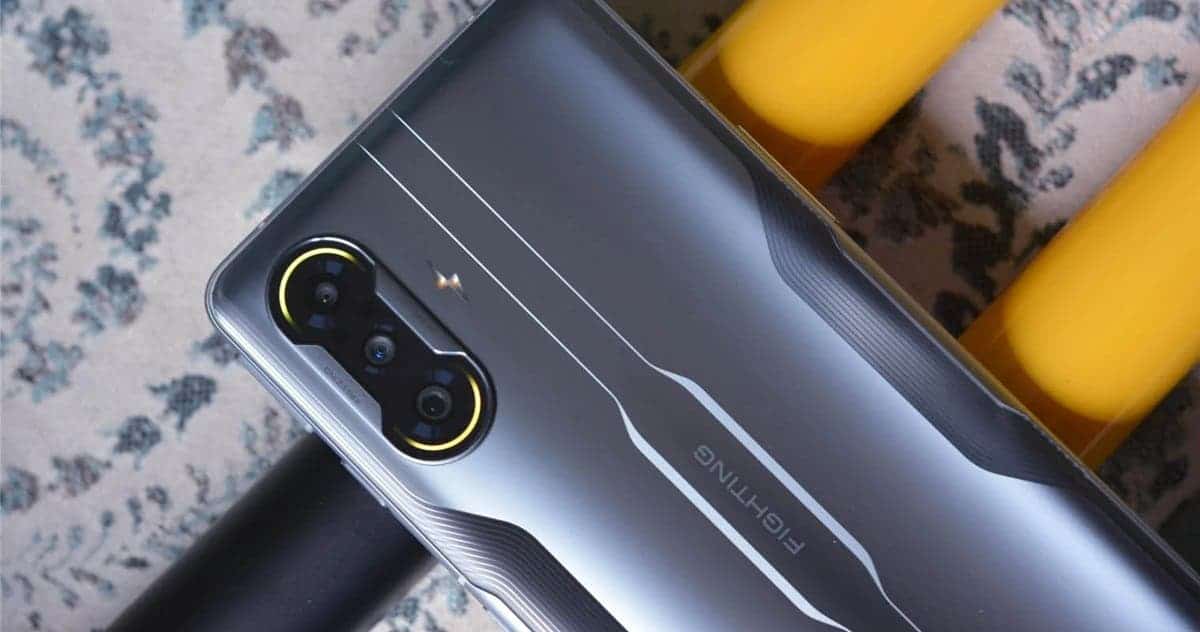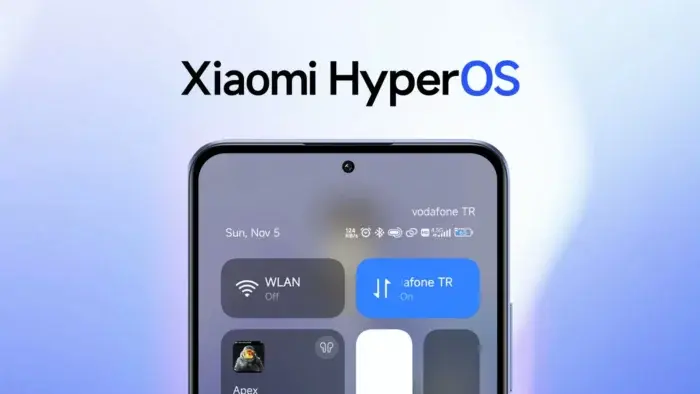Xiaomi’s deployment of its new Android-based operating system, HyperOS, is gaining momentum. While the focus has been on entry-level and mid-range devices, the update is now reaching select models in the mid-upper segment. Notably, the POCO F3, a popular offering from the company’s sub-brand, has joined the list of devices receiving the HyperOS treatment.
Xiaomi Expands HyperOS Rollout, POCO F3 Receives Update

Previously available under different names in various markets (Xiaomi Mi 11X in India, Redmi K40 in China), the POCO F3’s update rollout follows the recent release for its counterparts. This news is likely welcomed by POCO F3 owners who have been eagerly anticipating the arrival of HyperOS.
Aesthetics and Customization Enhancements
HyperOS promises a more personalized user experience, particularly on the lock screen. Users can expect a wider range of customization options, including new clock styles, fonts, wallpapers, and widgets. Additionally, the control center is set to receive a significant overhaul. Adopting a cleaner and more modern design compared to its predecessor, MIUI 14.
POCO F3: Powerful Performance and Stunning Display
At its core, the POCO F3 remains a capable device. Powered by the Qualcomm Snapdragon 870 processor, built on a 7nm manufacturing process and clocked at 3.2 GHz, it delivers smooth performance. The Adreno 650 GPU further enhances its graphical capabilities, making it a compelling choice for gamers.
The POCO F3 boasts a generous storage capacity, offering a 128GB option. With 6GB of RAM and a 256GB option with 8GB of RAM. Users can enjoy immersive visuals on the 6.67-inch E4 AMOLED display. This display boasts a peak brightness of 900 nits. It’s a smooth 120Hz refresh rate for seamless scrolling, and HDR10+ support for vibrant colors. Additionally, Corning Gorilla Glass 5 provides a layer of protection against scratches and accidental drops.
Conclusion
The arrival of HyperOS on the POCO F3 signifies Xiaomi‘s commitment to providing its users with the latest software experience across its device portfolio. While the update primarily focuses on aesthetics and customization, the underlying hardware specifications of the POCO F3 ensure it remains a competitive offering in the mid-upper segment.





